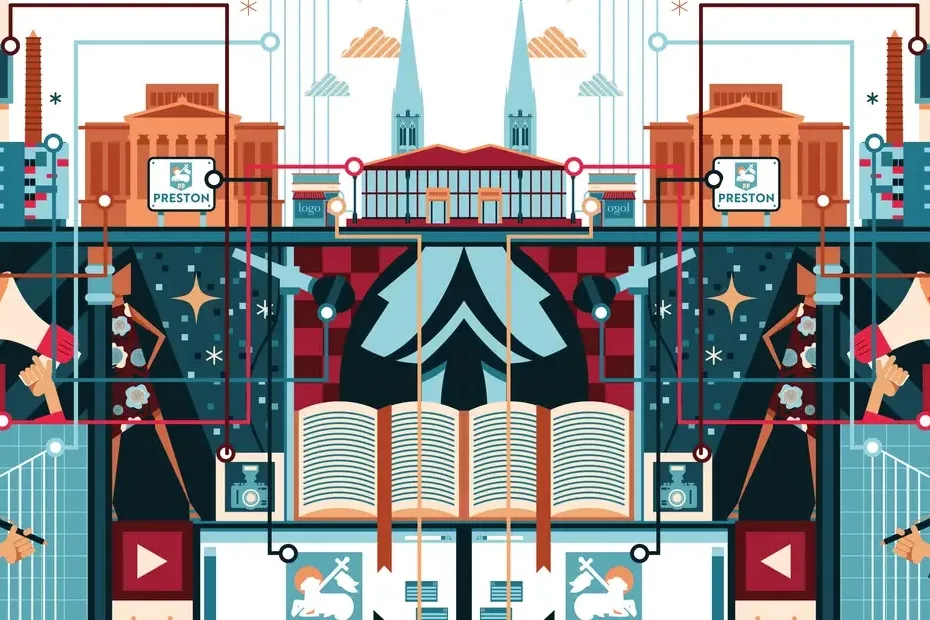The economic geography of the UK is highly uneven, with many of the largest clusters concentrating in the greater South East of England and some large metropolitan areas in the rest of the UK. Increasing the opportunities in many of the places outside these has been the motivation behind the Levelling Up agenda.
An approach is the ‘Preston Model’ of Community Wealth Building (CWB) that aims to reorganise local economies in response to local economic stagnation. It shows that anchor institutions, e.g. local authorities and universities, can provide economic support to their local economies through direct procurement expenditure and building local supply chains instead of purchasing products and services on a nationwide basis – this reduces the ‘leakage’ of funds out of the region.
Support can also take place indirectly, including the training delivery and the development of skills, encouragement of networking with consequent innovation and knowledge spillovers, together with the provision or facilitating of specialist services. The added value of the ‘Preston Model’ type approach is that this is coordinated and mutually supportive, so the success of one initiative feeds into another. The intention is to construct an local ecosystem where the whole is worth more than the sum of its parts.
This study shows the multiplier effect arising from the actions of creative firms in Lancashire themselves was estimated to be 1.47, implying that an initial investment of £1 million injected into the Lancashire creative sector, through anchor institution procurement expenditure, was likely to produce an overall economic boost to the county economy of £1.47 million. Despite the promising baseline results outlined in this research paper, there is considerable room for further improvement. If anything, approaching this level of success were to be achieved with a broader-based ‘Lancashire Model’ for the creative industries, the multiplier effect would be substantially larger.
This paper proposes such a ‘Lancashire Model’ for the creative industries, to be more focused on the creative sector and targeting difficulties micro firms have with procurement processes, to include measures to promote access to external finance as a prerequisite for realising future growth potential, and act as a focus for delivery of skills (including business and leadership) training.’
Image credit: Lajos Szabo on Unsplash
Related Research Reports
The impact of overseas mergers and acquisitions on UK video games industry
A new scoping study on the economic consequences and potential market failures The BFI’s Resear…
Post-Brexit migration and accessing foreign talent in the Creative Industries
The UK’s departure from the EU has changed the way that British firms trade and work with Euro…
12 facts about the UK’s international trade in creative goods and services
Worldwide exports of creative goods exceeded 500 billion USD in 2015, with a 150% increase since 200…
The migrant and skills needs of creative businesses in the UK
This report details the results of a survey of employers commissioned by the Creative Industries Cou…




